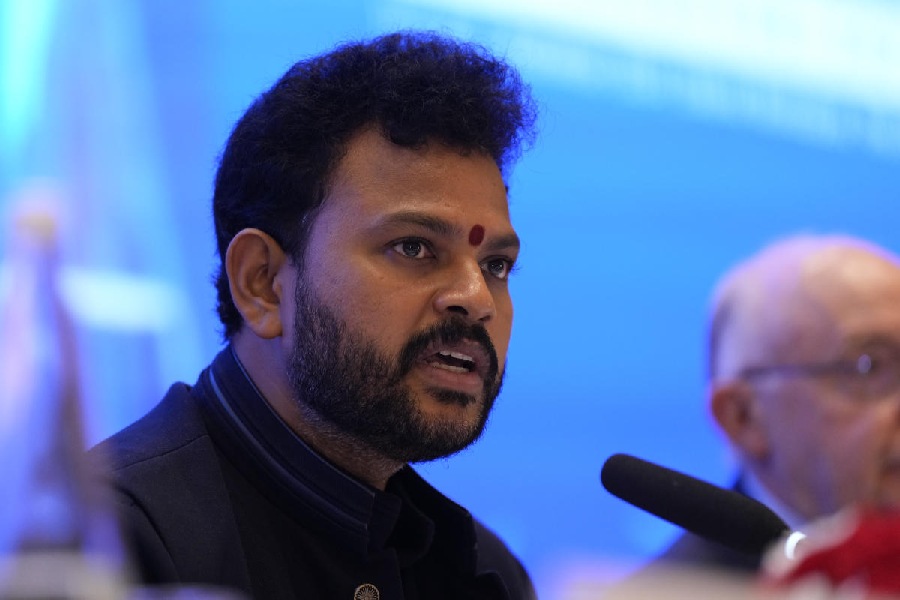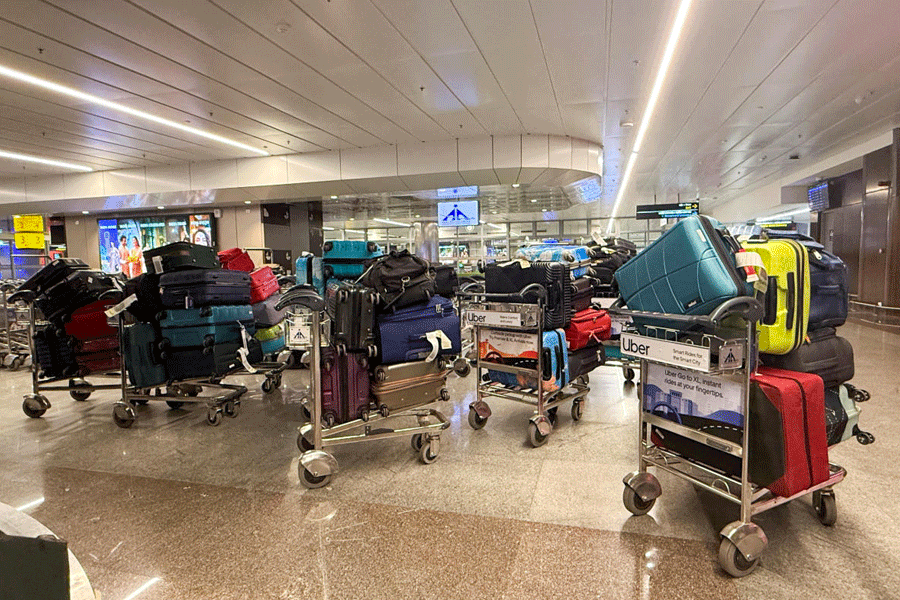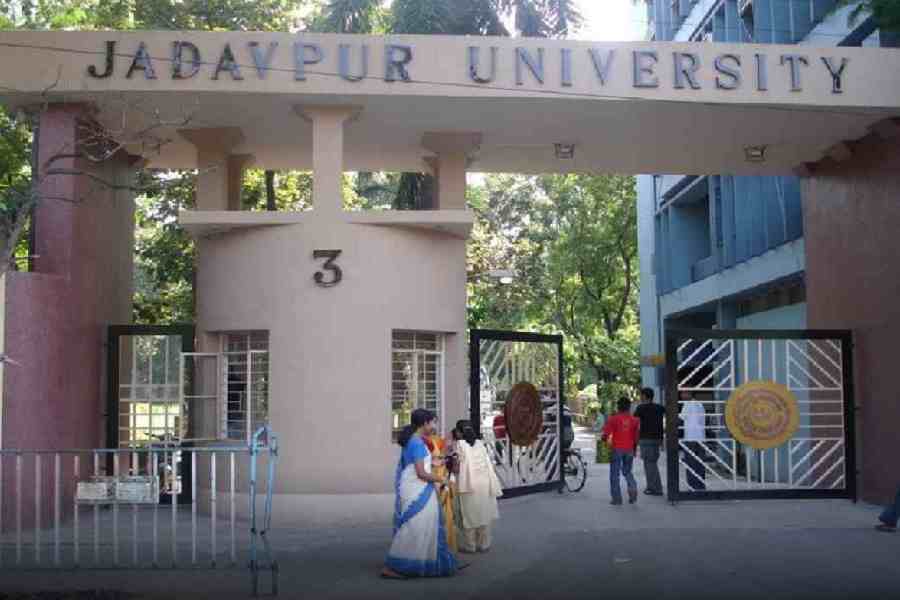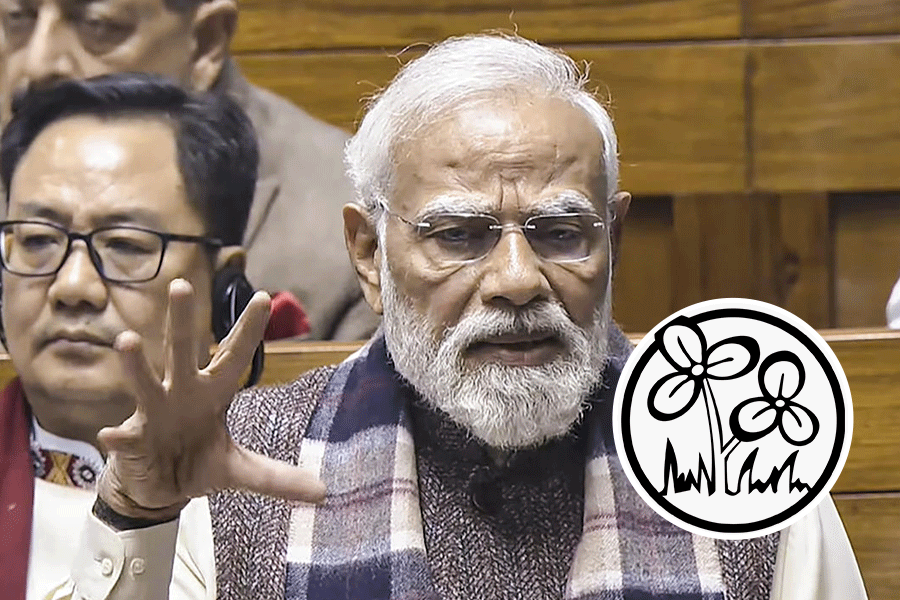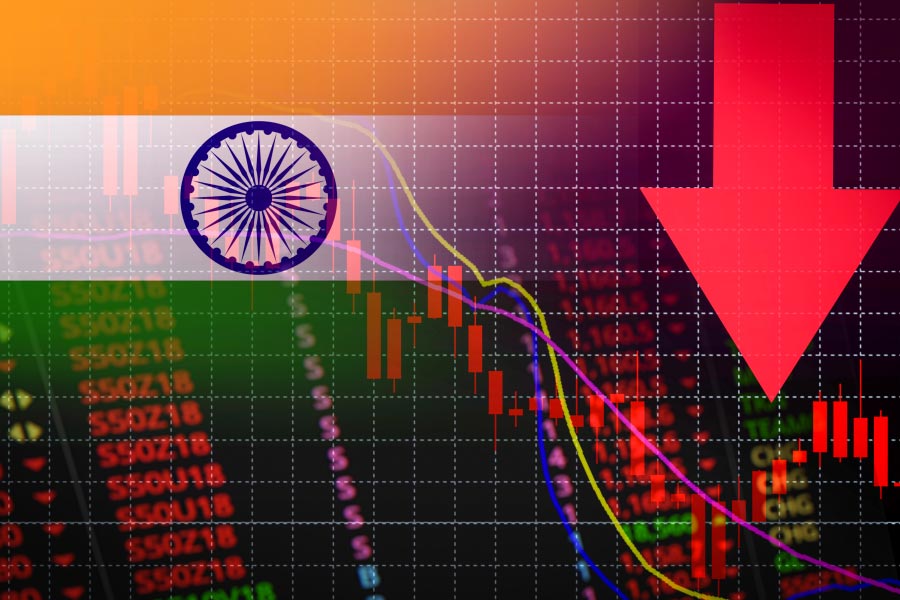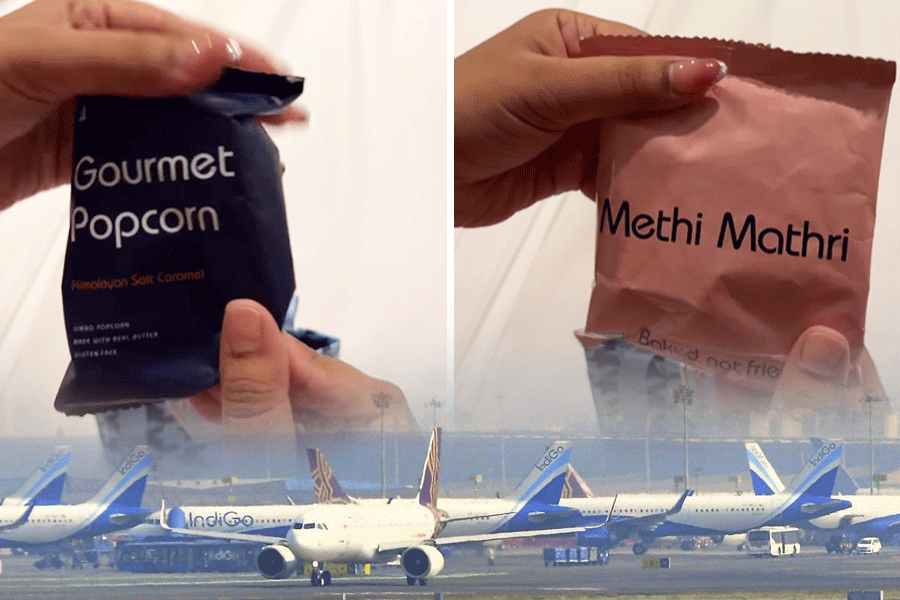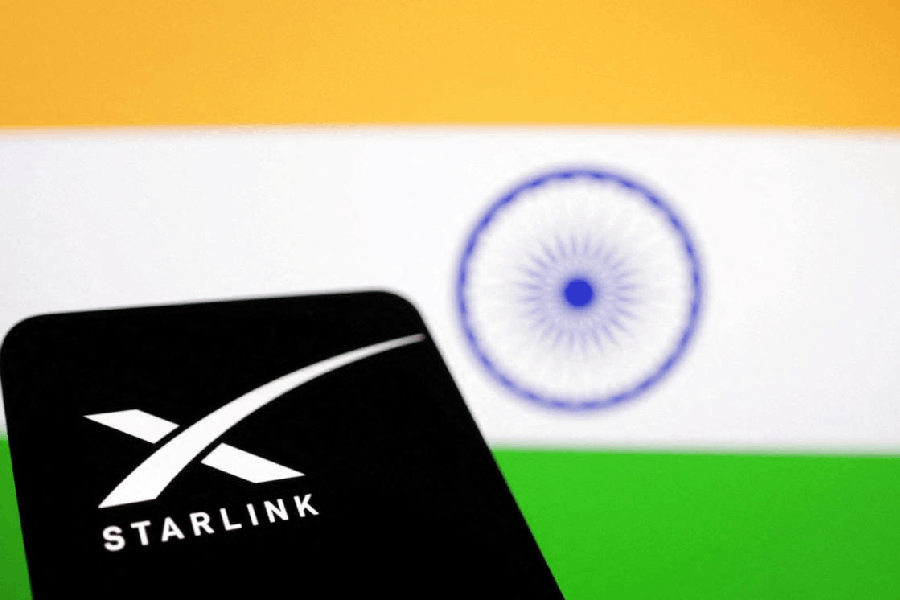The top US diplomat for East Asia and the Pacific, David Stilwell, on Thursday said Washington is watching the “India-China dispute very closely’’ and suggested Beijing’s bout of aggression could be a “negotiating tactic’’ or a “punch in the nose’’ to demonstrate superiority.
Briefing mediapersons in the US on secretary of state Mike Pompeo’s meeting with high-ranking Chinese politician and diplomat Yang Jiechi in Hawaii, Stilwell said Washington has very little information on why China was going down this road of aggression — not just along the Line of Actual Control (LAC) with India but also Hong Kong, Taiwan and the South China Sea.
“One explanation for creating multiple fronts like this is an assessment in Beijing that the world is distracted and is focused entirely on surviving the coronavirus pandemic, which then possibly is seen as an opportunity to take advantage of distraction. And I’m not going to offer an official US government position on that, but there are some numerous explanations out there for that,’’ Stilwell said in response to a question on whether there’s a coherent policy uniting all these different Chinese aggressive actions.
China has in the midst of the pandemic tightened its hold over Hong Kong, stepped up military activities in Taiwan by sending jets into its air defence identification zone resulting in a counter-chase by Taiwanese fighters, and is again flexing its muscle in the South China Sea.
Stilwell did not respond to a specific question on whether Pompeo warned China against its actions in India but said: ”What we’re doing, we’re obviously watching the India-China border dispute very closely. This activity is similar to activity we’ve seen in the past on border disputes with the PRC, and again, I would point you to... 2015 when Xi Jinping travelled to India the first time.
“The PLA invaded this contested area deeper and longer, with more people, than ever before historically. Again, whether that was a negotiating tactic or just a punch in the nose to demonstrate their superiority, I don’t know.
“But then we saw the Doklam issue down near Bhutan, where we saw similar concerns. I wish I knew. Again, we don’t have a lot of visibility and we don’t have a lot of open dialogue with our Chinese counterparts, and honestly I’d like to see more of that if we can.’’
Meanwhile, US President Donald Trump, who had last month offered to mediate between India and China, has gone completely silent.
after Monday’s incident in the Galwan Valley; leaving 20 Indian soldiers dead and over three times that number injured besides 10 being taken captive by the Chinese. They have since been released and Beijing on Friday maintained that “China has not presently seized any Indian’’.


